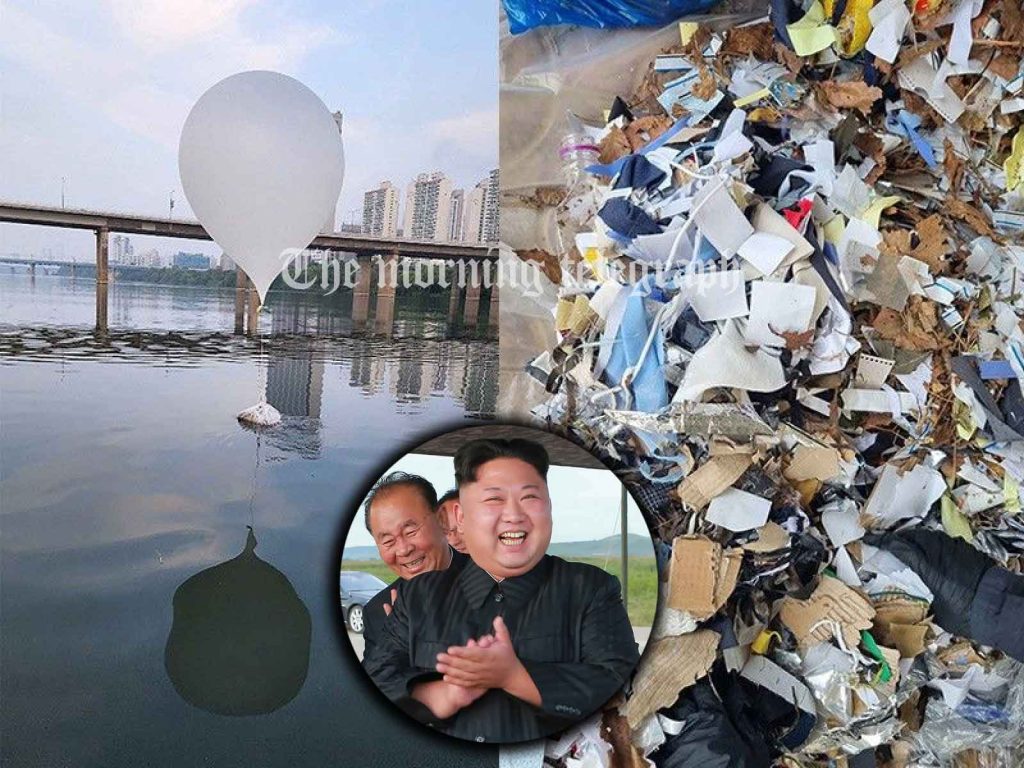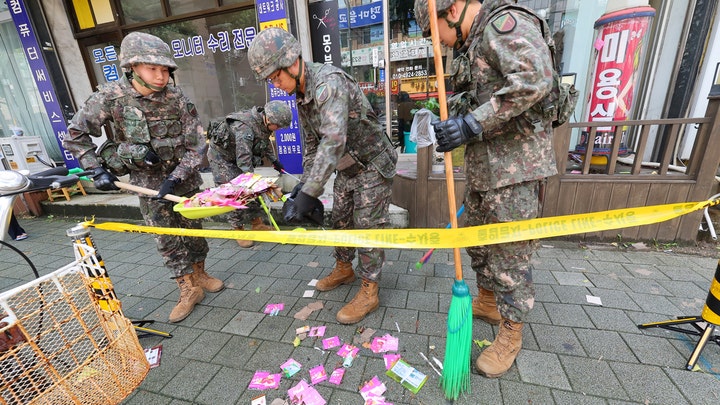
North Korea’s recent tactic of launching balloons filled with trash has reached a new level, with some refuse landing on the South Korean presidential compound in central Seoul. The South Korean presidential security service confirmed that while the garbage posed no immediate danger and resulted in no injuries, the incident has raised concerns about security.
This latest balloon launch is part of a series of provocations by North Korea, following South Korea’s decision to amplify its K-pop and propaganda broadcasts across the heavily fortified border. The balloons have carried various types of waste, including paper scraps and cigarette butts, as part of a broader retaliatory gesture against South Korean leafleting activities.

Experts believe that North Korea lacks the precise technology needed to target specific locations with these balloons. They argue that the landing on the presidential compound was likely accidental, given that North Korea’s balloons are not equipped with GPS navigation or power systems for accurate targeting. Instead, the North likely aimed for Seoul generally, taking into account factors like balloon weight and weather conditions.
The South Korean military has indicated that while they have avoided shooting down the balloons due to the risk of falling debris and potential hazardous contents, they are considering alternative measures. Possible solutions include using laser technology to intercept balloons in the future, though this approach also carries risks.
In response to North Korea’s balloon launches, South Korea has resumed its anti-North Korean propaganda broadcasts. This move is part of a broader strategy to counter North Korean provocations, which have included past incidents such as artillery fire and the destruction of a South Korean-built liaison office.
As tensions continue to rise, both countries are engaged in a Cold War-style exchange of provocations, with each side ramping up its actions in a bid to assert their position and influence.




